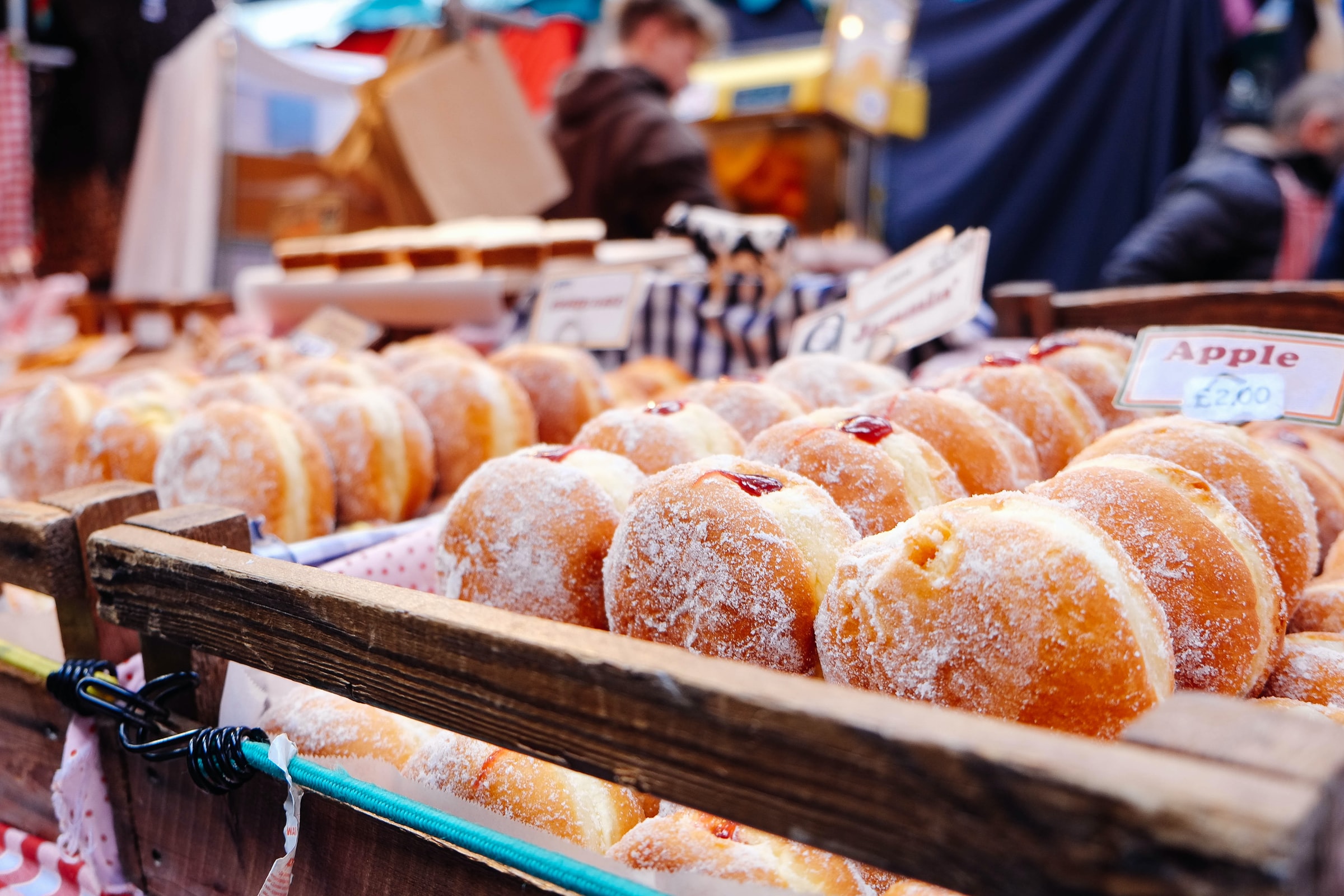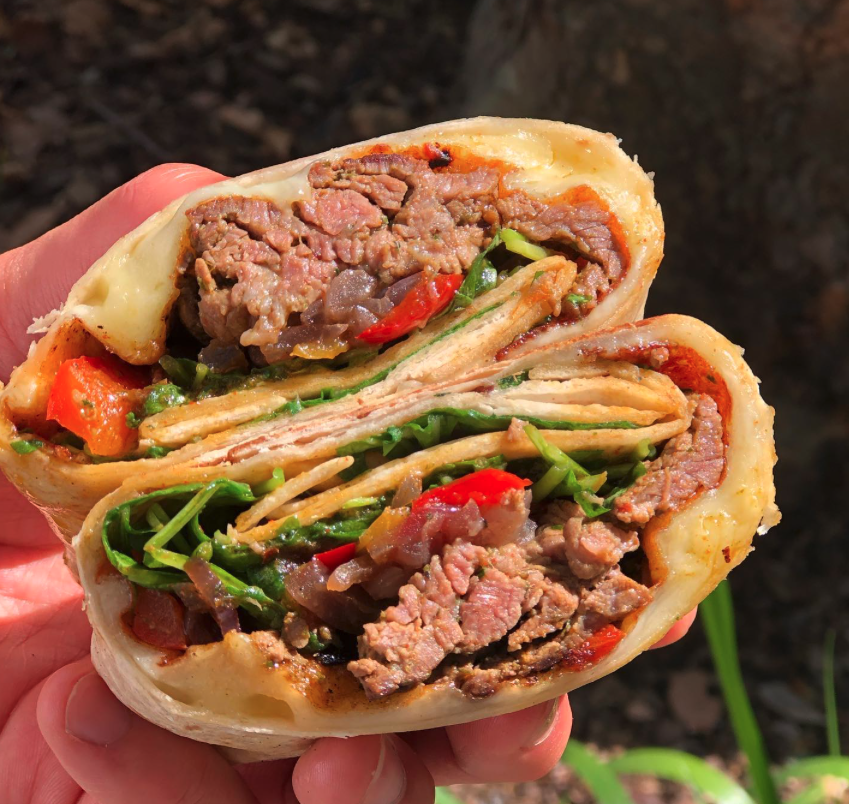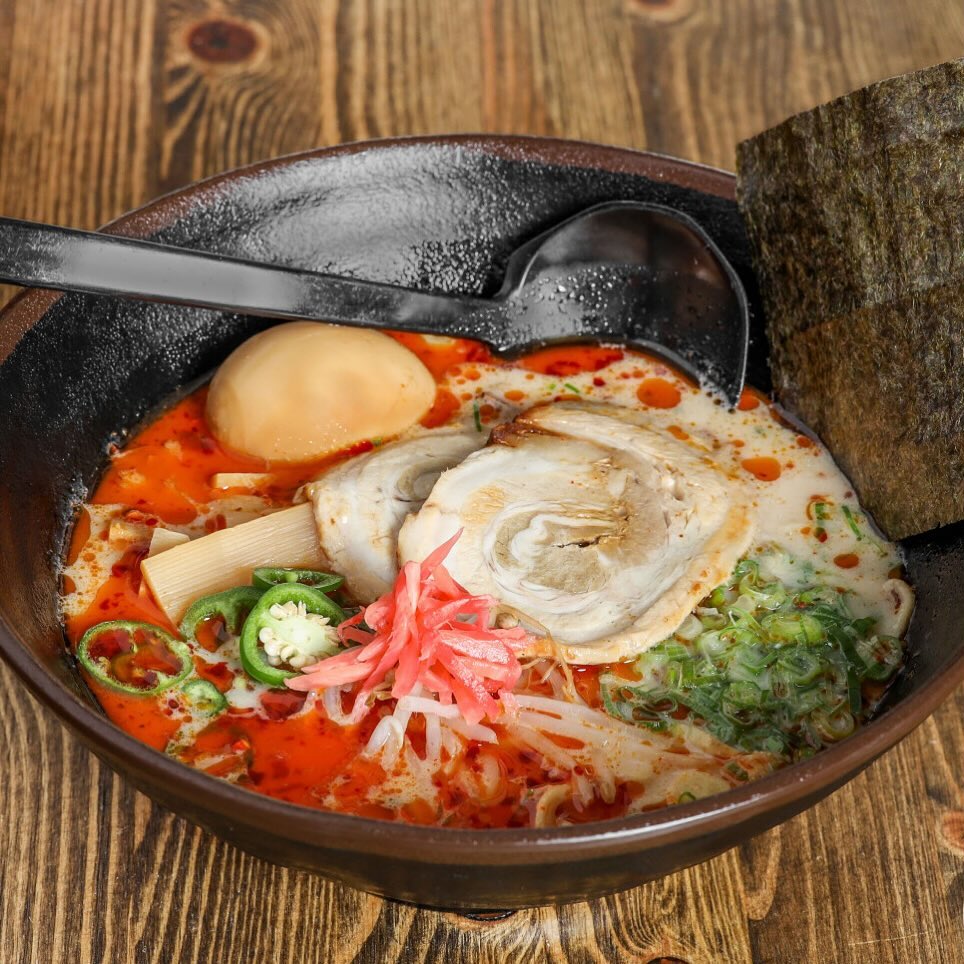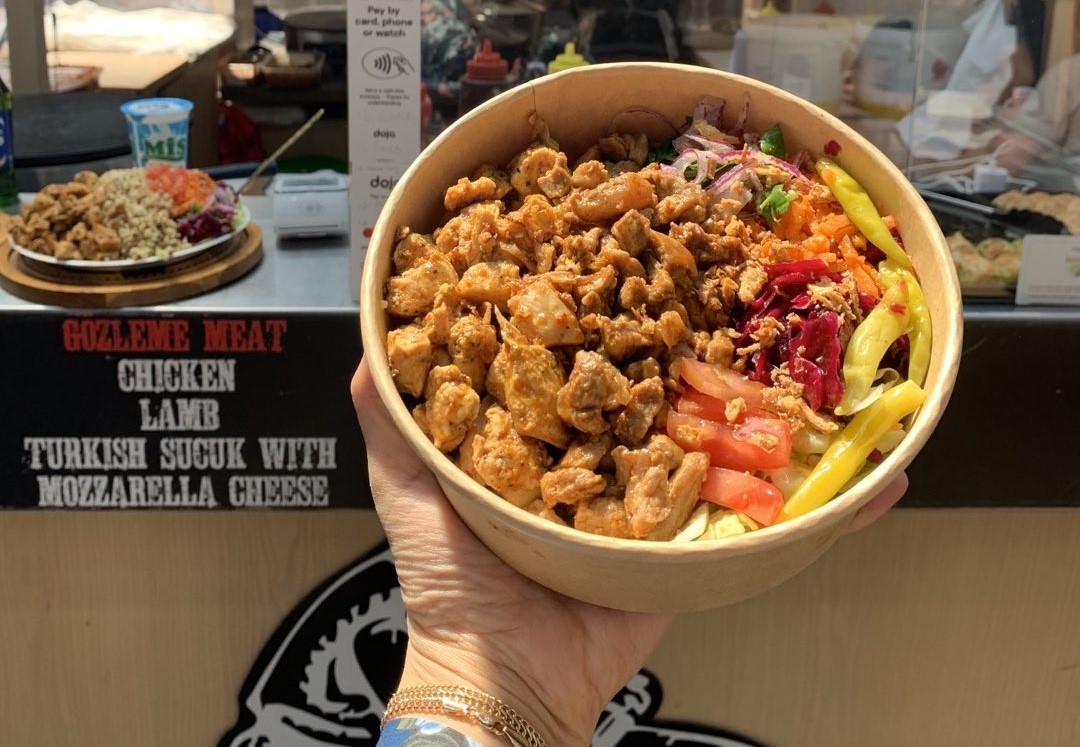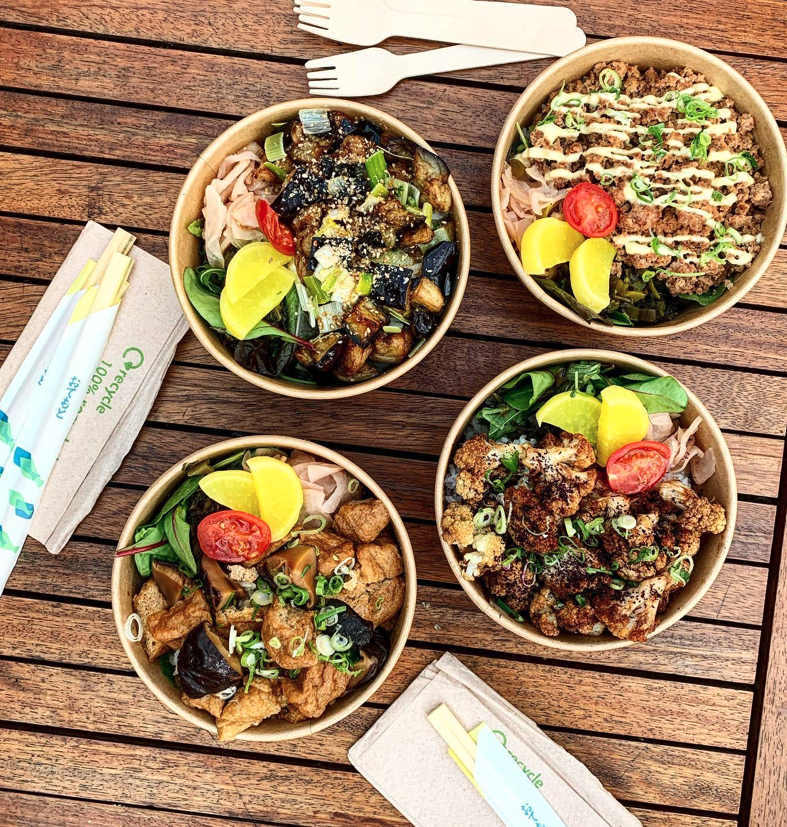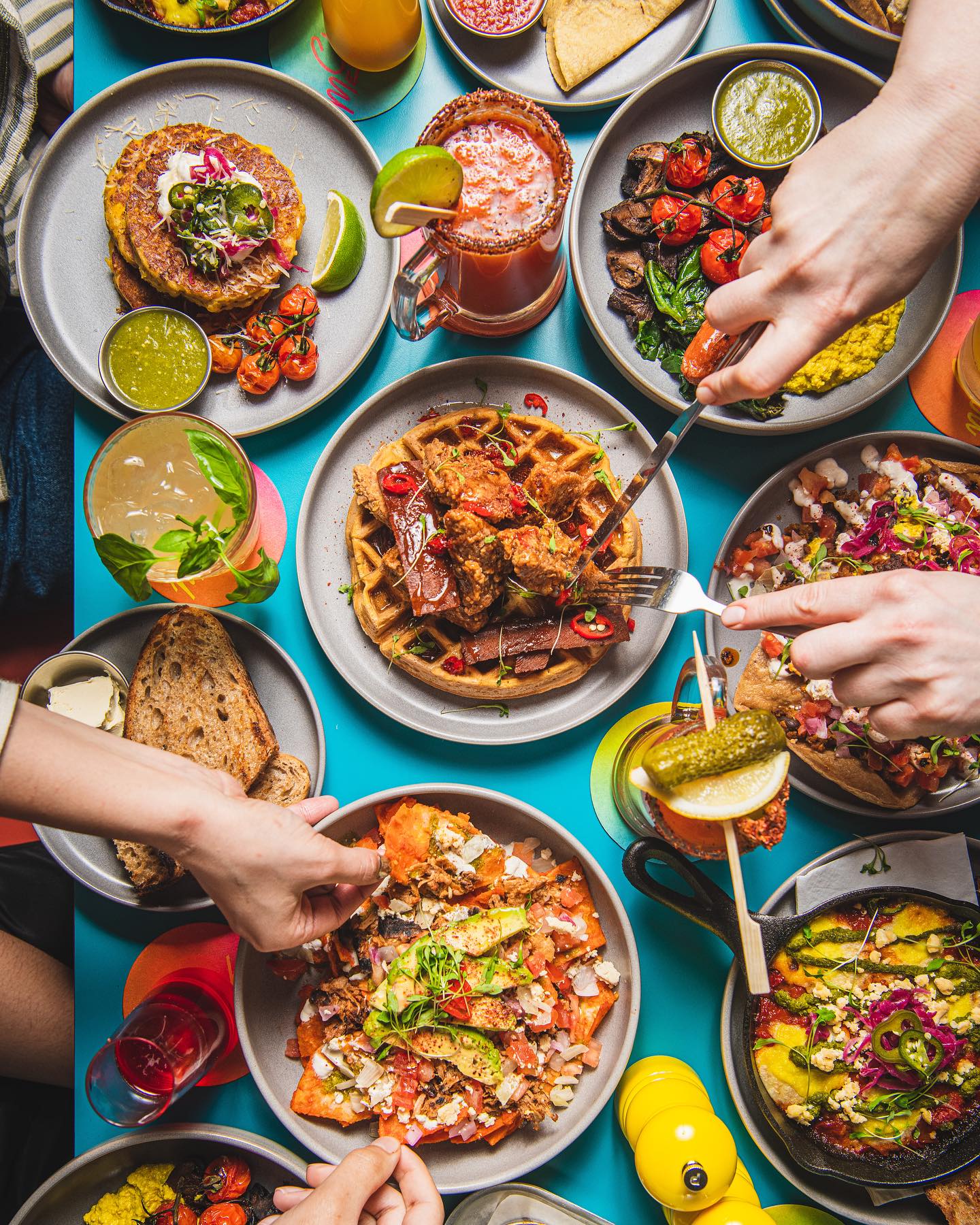Hanukkah (חנוכה) is a Jewish festival which celebrates the Second Temple’s rededication in Jerusalem during the 2nd century B.C. Maccabean Revolt. The occasion is observed by lighting the eight candles of a menorah (with the candle on the ninth branch, the shamash, being used to light the others). Each night, one additional candle is lit until all eight candles are lit together, marking the end of the festival.

According to the Talmud, one of Judaism’s central texts, the Jewish people who partook in the Temple’s rededication witnessed a miracle: though there was only enough untainted, consecrated olive oil left to fuel the eternal flame of the Temple for one day, the oil burned for eight days. This left them with enough time to make more pure oil. Hence the festival lasting eight days, which this year lasts from December 10th until the 18th.
Although Hanukkah is a relatively minor holiday in religious terms, it has gained cultural significance as a Jewish counterpart or alternative to Christmas, particularly in North America. Over its course, it is customary to eat oil-rich foods, be they fried or baked, in another allusion to miraculous oil keeping the holy menorah alight. Read on to find out more about three of the holiday’s foodie highlights.
Latkes
One of the most popular foods eaten over Hanukkah are latkes, which originate from Ashkenazi Jewish cuisine. These delicious fried potato pancakes can be eaten sweet or savoury, depending on what they’re served with. Some popular sweet toppings include apple sauce and sugar, while sour cream or cottage cheese are great options for those preferring a savoury dish. Some more recent innovations include parsnip, sweet potato, or cheese latkes.

Sufganiyot
A sufganiyah is a round, deep-fried and pillowy doughnut usually filled with strawberry jam and topped with powdered sugar. In recent years, sufganiyot fillings have become more experimental and can include anything from chocolate and vanilla cream, to peanut butter. These sweet treats have become one of the most recognisable foods associated with the Jewish festival.
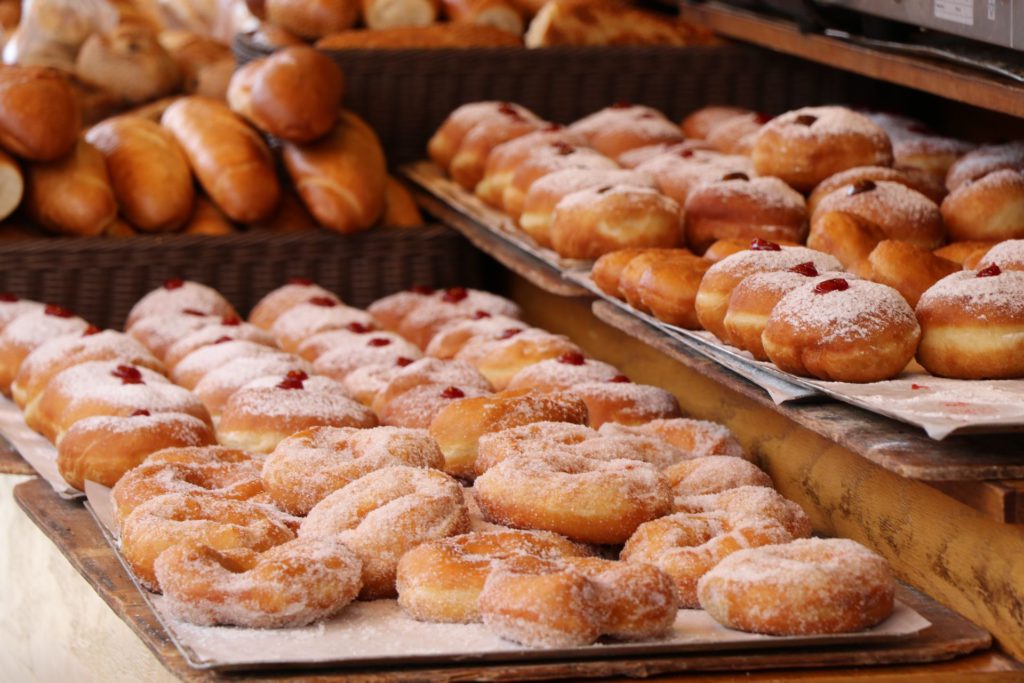
Hanukkah Gelt
In Yiddish, “gelt” means “money”. Since the 20th century, Hanukkah gelt takes the form of chocolate coins rather than real money. These chocolate coins are wrapped in silver or gold foil and are generally given out to children during the festival, though they are enjoyed by all and are often used to play dreidel. Though not fried or oil-based, Hanukkah gelt are given as an act of gratitude and are, according to popular legend, linked to the victory of the Maccabees over the ancient Greeks, when the Hasmoneans minted national coins in celebration of their freedom.
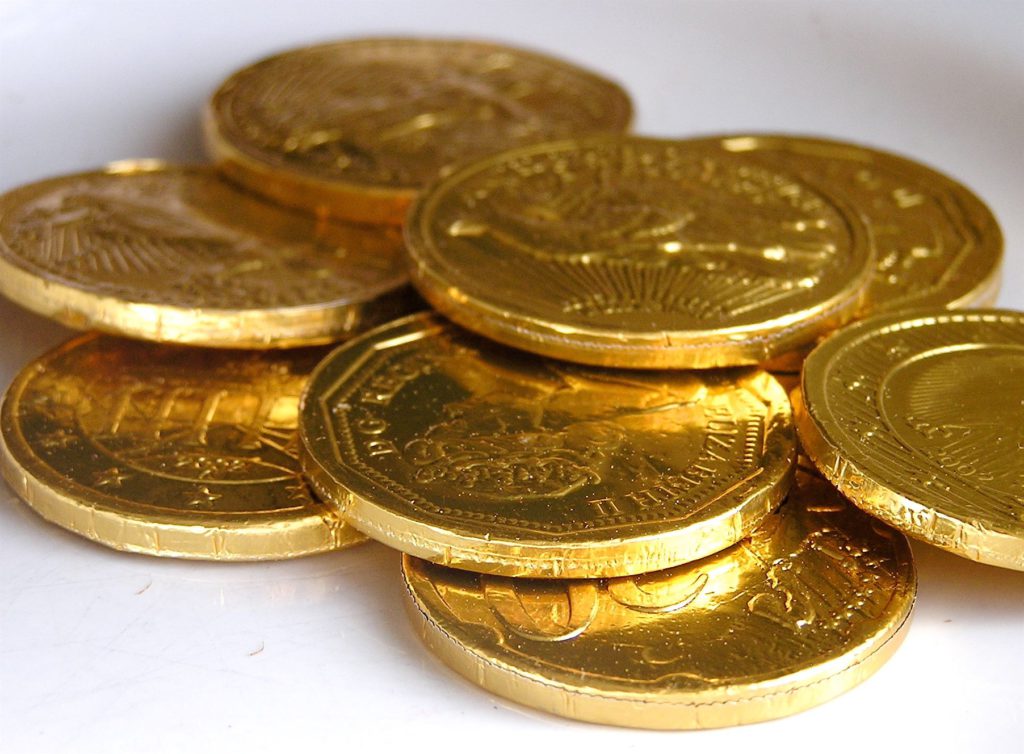
Header image courtesy of Leon Ephraïm
